© Norman McGrath
Photographer Norman McGrath is shooting the Brine Garden in its 25th year.
Norman and his wife, Molly, had lunch at Duncan and Julia Brine’s home and toured the Brine Garden in the fall of 2014. Not long afterwards, Norman emailed,
“Very much enjoyed our recent luncheon and visit to your beautiful garden. The fruits of all your care and planning have produced a unique environment. Would you consider embarking on a year long study which would examine closely the seasonal changes which make it so special?”
The Brines were thrilled at the prospect of collaborating with such an exceptional professional.
Norman is best known as an architectural photographer and author of the definitive book, Photographing Buildings Inside and Out, which has sold over 47,000 copies. But, for the past decade Norman has been observing and creating images of the Great Swamp, part of which is just across Route 22 from the Brine Garden.
Born in London, Norman was educated in Ireland where he earned an engineering degree at Trinity College, Dublin. His father was the Australian-born architect and author, Raymond McGrath. Norman has lived in the US since 1956.
Norman has photographed the work of a wide variety of influential and well-known architects and designers, including Mies van der Rohe, Hugh Stubbins, Charles Gwathmey, Frank Gehry, and Philip Johnson. His work has been featured in every major architectural publication and a collection of his photographs has been acquired by the Library of Congress. www.normanmcgrath.com
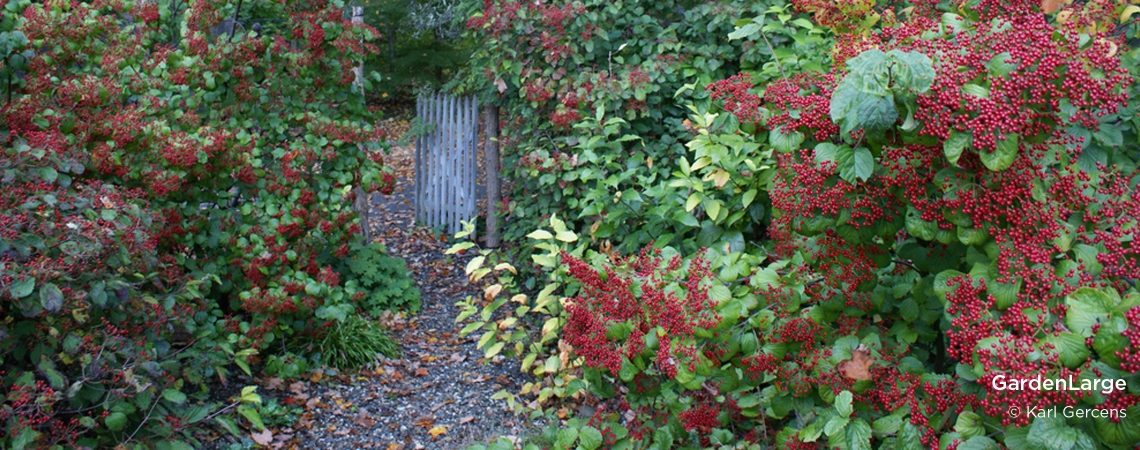

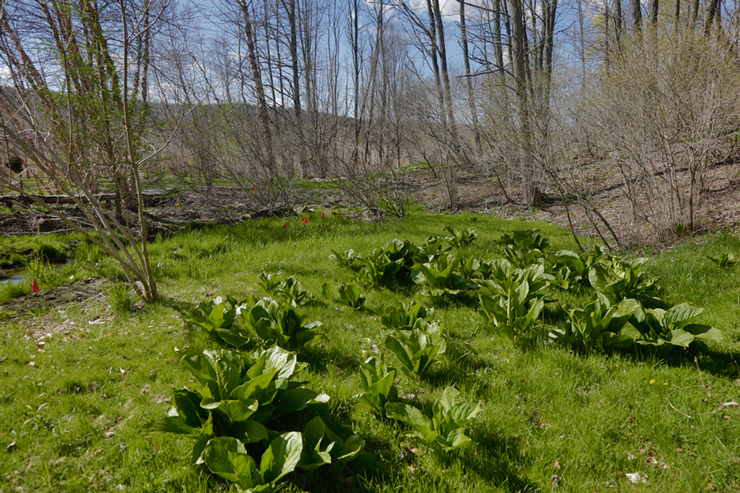
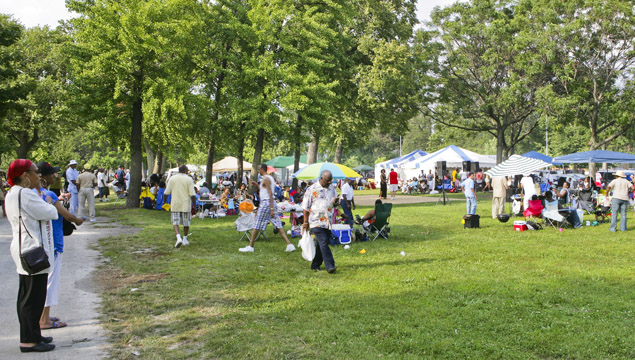
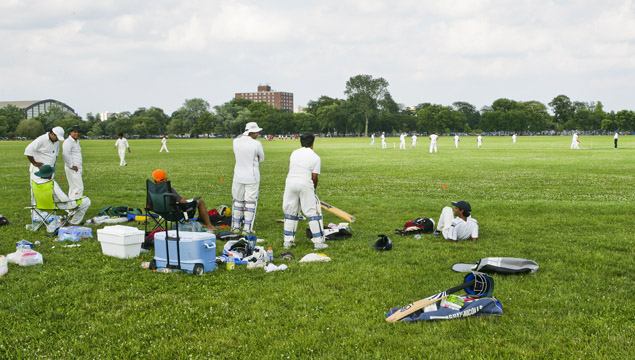
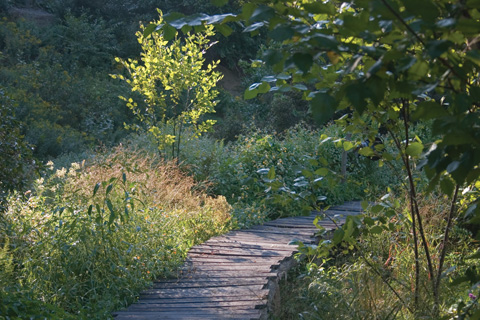
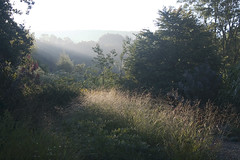 Brine Garden dreaming of Chinese painting
Brine Garden dreaming of Chinese painting